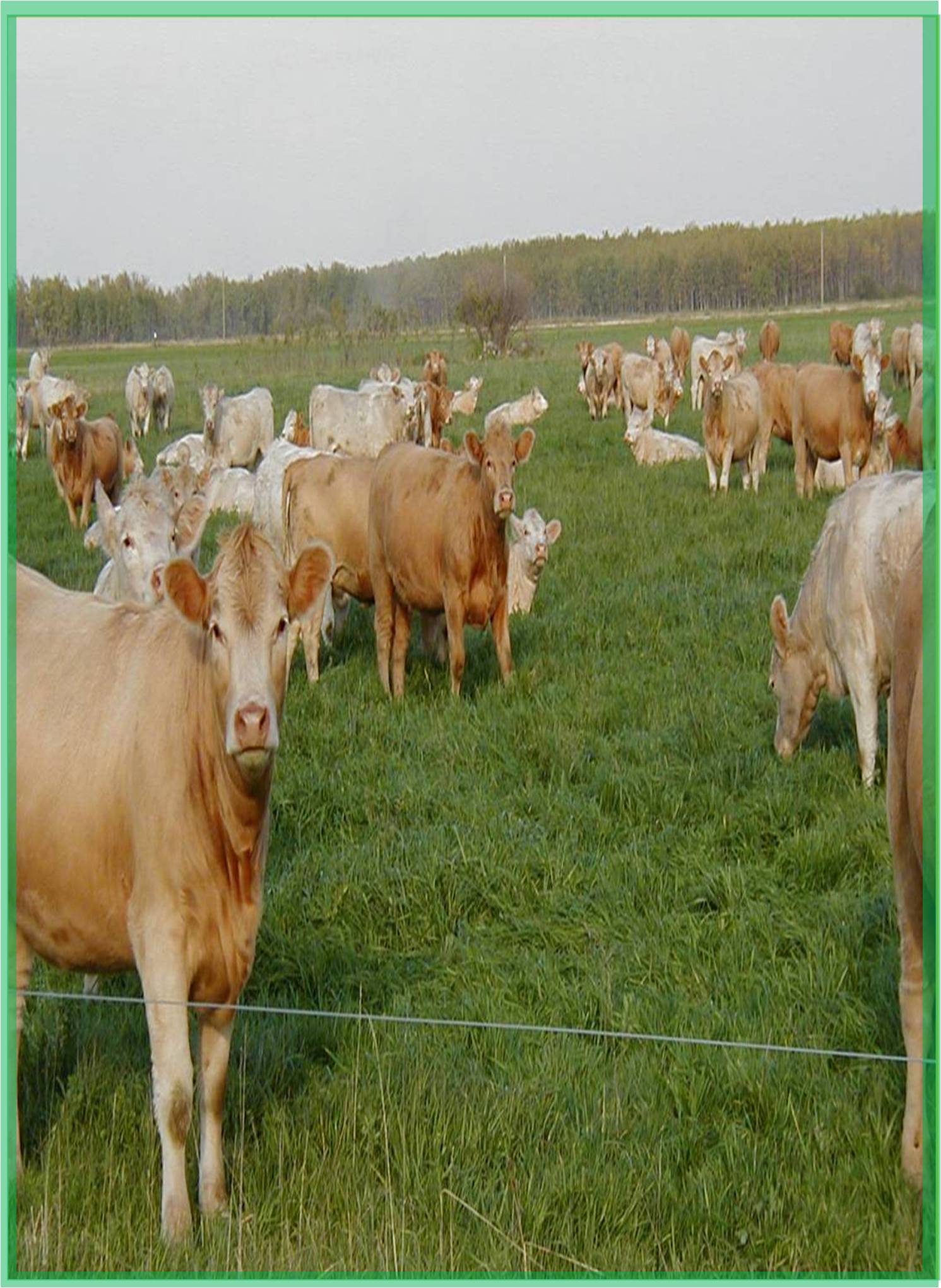



Received: 01-Feb-2022, Manuscript No. GJAS-22-59663; Editor assigned: 04-Feb-2022, Pre QC No. GJAS-22- 59663(PQ); Reviewed: 22-Feb-2022, QC No. GJAS-22-59663; Revised: 28-Feb-2022, Manuscript No. GJAS-22-59663 (R); Published: 07-Mar-2022, DOI: 10.15651/GJAS.22.10.006
Summarizes the past and presents human intervention in using and manipulating environmental resources with unexpected consequences. Earth’s soils are released, sterile or contaminated by toxic materials at impossible speed. “There is an increasing achievement in national and multilateral organizations that are not only many forms of development of the economy that erases the environmental resources that they rely on, which at the same time, degradation the environment can affect the development of the economy. Although land recession is recognized as a serious and common issue, its geographical distribution and the entire affected area are only very close to each other. This feeling is also shown by the United Nations Environment Program (UNEP) (Gisladottir, 2005).
Soil degradation, defined as the deterioration and loss of soil function, has become increasingly severe worldwide in recent decades and poses a threat to agricultural production and ecosystems. It is estimated that nearly 2 billion of the world’s land resources have been degraded or about 22% of the total area of arable land, grasslands, and forests. Globally, soil erosion, chemical degradation and physical degradation are important factors among the different types of soil degradation. As a natural process, soil degradation can be enhanced or minimized by various human activities such as inappropriate agricultural management, overgrazing, deforestation, etc. Poor soil means less food. Due to soil degradation, of 70% of the world’s agricultural supply has been lost over the past five decades. In addition, soil degradation is associated with external problems of sedimentation, climate change, watershed function and changes in natural habitats leading to loss of genetic resources and biodiversity. It is therefore essential to address land degradation of varying degrees and scales around the world, not only for food security and ecological health, but also to ensure sustainable development (G”okbulak, 2018).
Continuous soil degradation remains a serious threat to future food security. However, global assessments of soil degradation based on qualitative expert assessments or quantitative proxy values from remote sensing are sufficient to raise awareness but too crude to define measures. Appropriate sustainable land management interventions. Studies in China and sub-Saharan Africa illustrate the powerful impact of recession on agricultural production, but also highlight the need for solutions that depend on agro-ecological conditions and systems specific farming system of each site. The development of a global approach to better assess both the extent and impact of soil degradation by linking different scales, based on ecological approaches of production and remote sensing to enable elucidation of natural and anthropogenic causes of degradation. There is a need for a common and shared knowledge base of hard-earned place-specific interventions to successfully prevent or mitigate recessions (Hill, 2008).
Several methods have been used in recent decades to assess degradation and related impacts on ecosystem productivity, but there is little consistency between the leading methods. To different results that are difficult to verify. Increasing computing power, coupled with the availability of long-term consistent, remote sensing information and increasing knowledge of ecological production processes provide a means to integrate and verify process-based approaches at increasingly spatial scales. A key element in preventing soil erosion is educating more and more people who work with soil about why it is a concern and what they can do to help reduce it. This means educating farmers in sensitive areas about how they can help protect crops from the weather or how they can help ensure that their soil remains hardy without restricting activities (Kaygusuz, 2010).
Another best solution to this problem is to plant more trees, especially in arid lands. We should not smear the earth. We should learn to separate waste into biodegradable and non-biodegradable waste. We should never allow non-biodegradable substances to enter the soil. We should reuse, recycle, reduce and reject the respective materials and respective places (Lal, 2001).